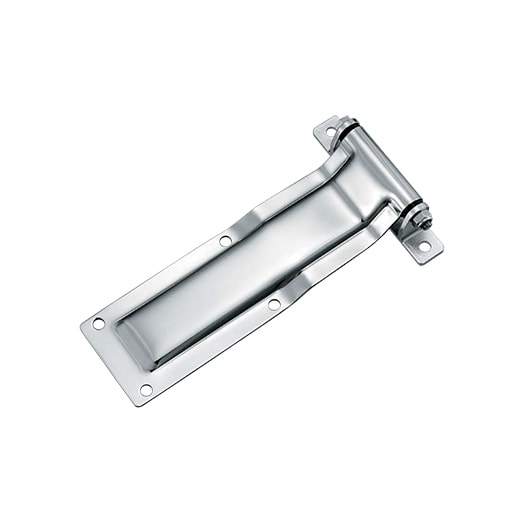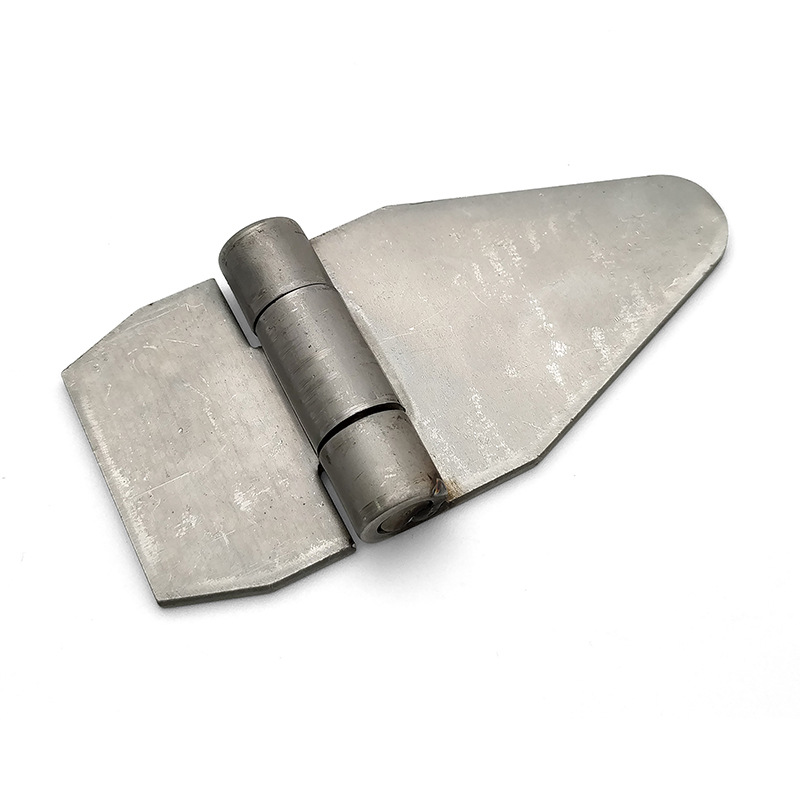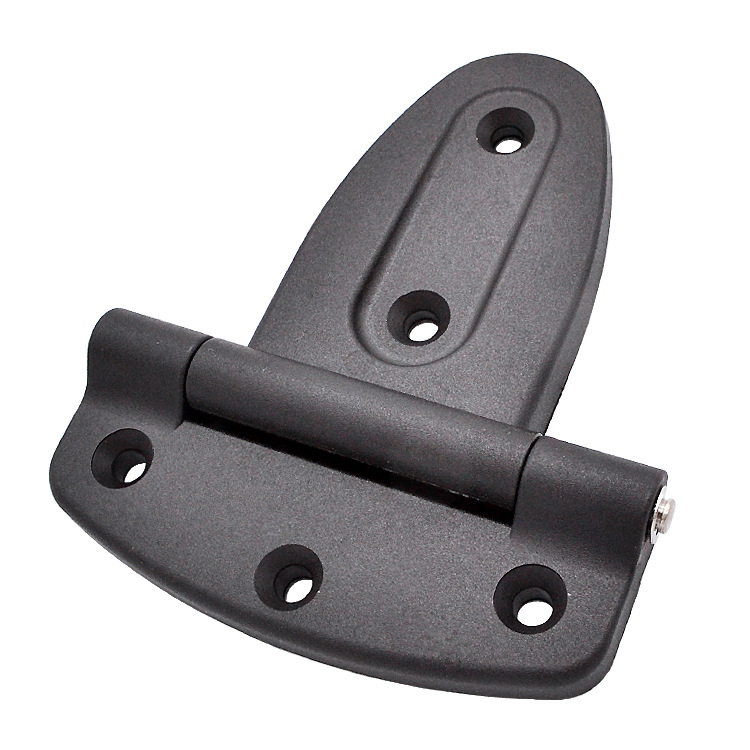Industrial strap hinges play a pivotal role in various industries, providing sturdy and reliable support for heavy-duty applications. These essential hardware components are designed to withstand significant weight and stress, ensuring the smooth operation of doors, gates, and other access points. In this article, we will delve into the fascinating world of industrial strap hinges, exploring their definition, types, benefits, applications, and installation process.
What are industrial strap hinges?
Industrial strap hinges are robust and durable hardware devices used to facilitate the movement and secure the position of heavy doors, gates, cabinets, and machinery panels in industrial settings. These hinges are constructed using high-quality materials, such as stainless steel or reinforced steel, to ensure optimal strength and longevity. Industrial strap hinges typically feature a strap-like design with multiple mounting holes for easy installation and stability.
What types of industrial strap hinges?
There is a wide range of industrial strap hinges available, each designed to meet specific requirements and application scenarios. Here are a few common types:
- Piano hinges: This type of industrial strap hinge consists of a long, continuous strip of metal with evenly spaced holes. It offers exceptional strength and stability, making it ideal for heavy-duty doors and cabinets.
- Butt hinges: A classic design, the butt hinge features two interlocking metal plates connected by a pin. It provides smooth rotation and is commonly used for doors, gates, and access panels.
- Weld-on hinges: As the name suggests, this hinge is designed to be welded directly onto the door or frame. It offers superior strength and security, making it suitable for heavy machinery and industrial equipment.
What benefits of industrial strap hinges?
Industrial strap hinges offer numerous benefits that contribute to their widespread use in industrial applications. These advantages include:
- Strength and durability: These hinges are engineered to withstand heavy loads and harsh conditions, ensuring long-lasting performance and minimizing the need for frequent replacements.
- Smooth operation: The design and construction of the hinges enable smooth and frictionless movement, allowing for easy opening and closing of doors and gates, even when carrying substantial weight.
- Enhanced security: These hinges often incorporate features like security pins or tamper-resistant screws, providing an additional layer of protection against unauthorized access or tampering.
- Versatility: These hinges are available in various sizes, designs, and materials, making them suitable for a wide range of industrial applications, including machinery, shipping containers, industrial doors, and access panels.
- Reasonable construction: usually the left and right parts of these hinges are asymmetrical. One side is larger and the other smaller. This is based on the structure of the door. Usually, the door frame is narrower and the door panel is wider. Designing hinges based on the dimensions of the door and door frame is more realistic and economical.
What applications of industrial strap hinges?
They find application in numerous industrial sectors due to their robustness and reliability. Some common applications include:
- Heavy machinery: Industrial strap hinges are used to secure access panels and doors on heavy machinery, providing convenient access for maintenance and repairs.
- Industrial doors and gates: These hinges are essential for large doors and gates found in warehouses, factories, and industrial facilities. They enable smooth and secure movement while withstanding the weight of the door.
- Transportation and shipping: The hinges are commonly used in the construction of shipping containers and transportation equipment. Ensuring secure closure and easy access during loading and unloading operations.
How to install industrial strap hinges?
Proper installation is crucial for the effective functioning of the strap hinges. Follow these steps for a successful installation process:
- Prepare the mounting surface: Ensure the mounting surface is clean, level, and structurally sound. Remove any debris or obstructions that may hinder the installation process.
- Align the hinges: Position the hinge plates on the door and frame, aligning the mounting holes. Use a level to ensure the hinges are installed in a straight line.
- Mark and drill pilot holes: Mark the positions of the mounting holes on the door and frame using a pencil or marker. Drill pilot holes at these marked positions to prevent the wood or metal from splitting during screw insertion.
- Attach the hinges: Securely fasten the hinges to the door and frame using appropriate screws or bolts. Ensure that the hinges are tightly attached, providing a firm and stable connection.
- Test the movement: Once the hinges are installed, carefully test the movement of the door or gate to ensure smooth operation. Make any necessary adjustments or tighten screws if needed.
Conclusion:
Industrial strap hinges are vital components in various industrial applications, providing strength, durability, and reliable operation. By understanding their definition, types, benefits, and applications. As installation processes, professionals in the industrial sector can make informed decisions when selecting and utilizing these essential hardware components. With their robustness and versatility, they continue to play a crucial role in ensuring the efficiency and safety of industrial operations.







